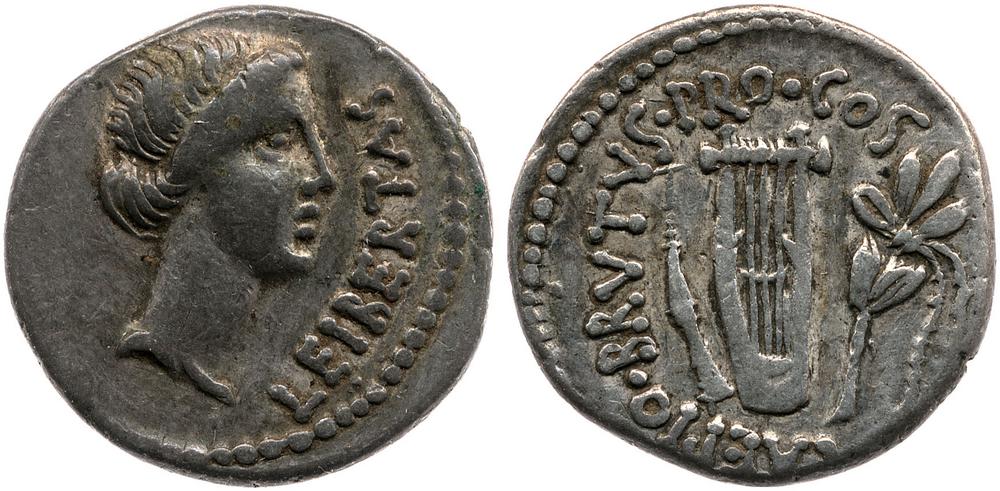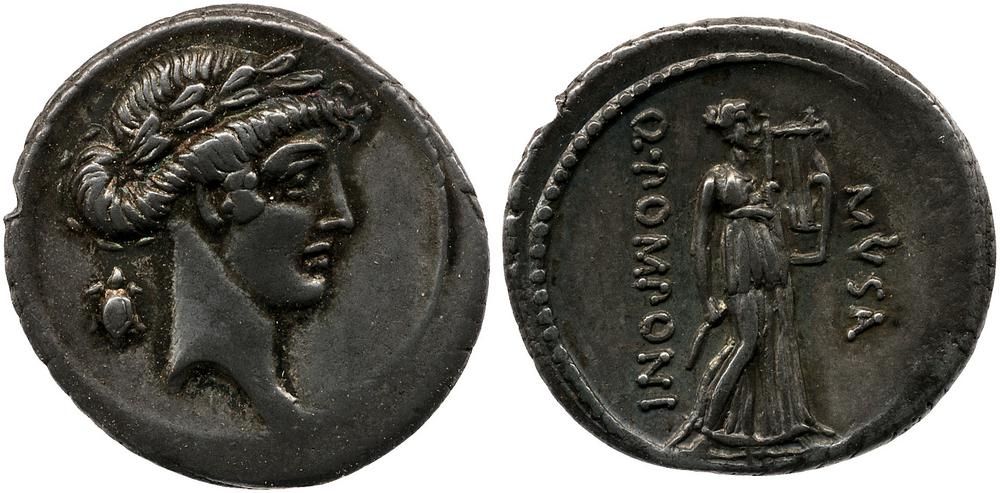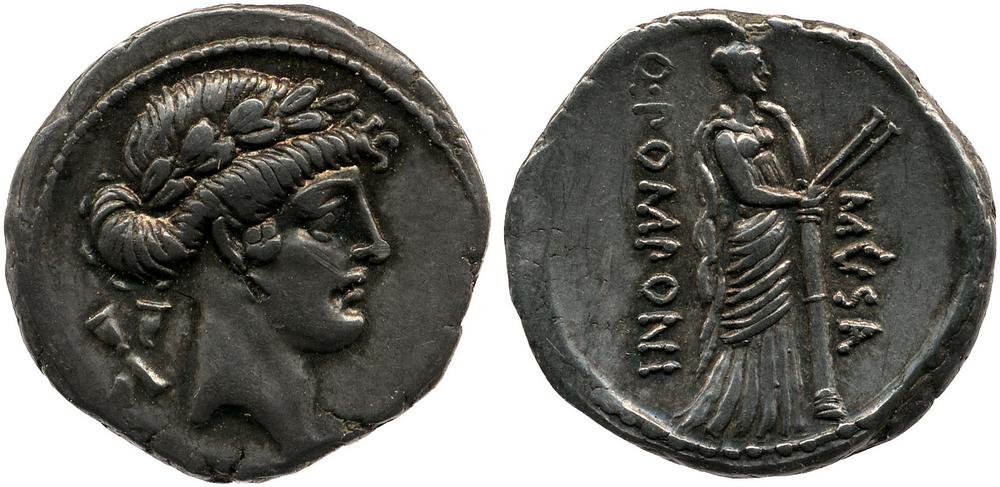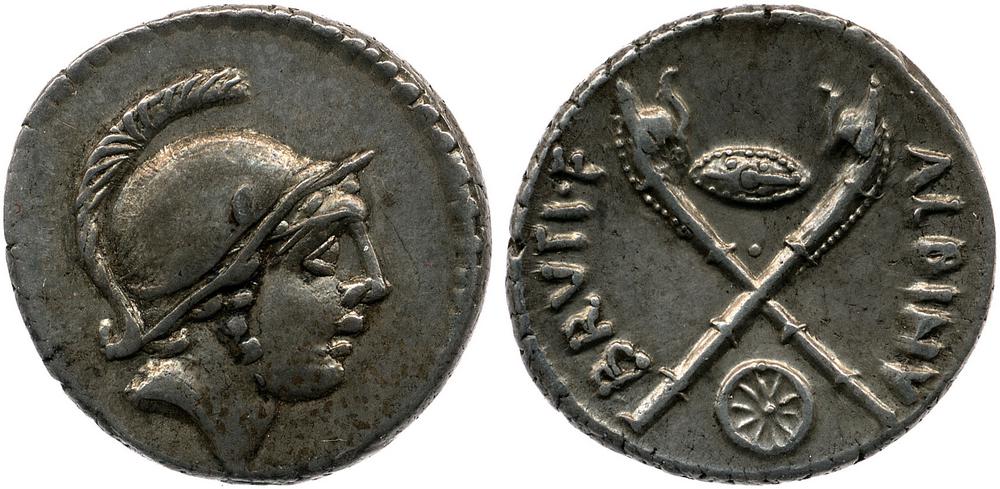
Antique coins are a valuable source of knowledge about ancient culture. This publication contains ancient Roman denarii with images of musical instruments: some are found today, others are known only to historians, and not every musician knows about them. Denarii were minted during the Roman Republic and the Roman Empire, and the objects that we can see on them date back to the period of the 6th century BC. BC e - IV century. n. e.
The first coin is dedicated to the goddess of freedom, Libertas. The reverse depicts a lyre, which, according to ancient Greek mythology, was invented by Hermes. In ancient Rome, every free citizen was taught to play the lyre as part of their basic education. To the left of the musical instrument is a plectrum, to the right is a laurel branch.

The reverse of the second coin shows Terpsichore holding a lyre in her left hand and a plectrum in her right. The muse of dance is a popular image in art, often depicted playing a stringed instrument. The inscription Q•POMPONI MVSA refers to the author of the image, Quintus Pomponius Musa, who created images for ten coins. Nine of them are dedicated to the Muses and contain the above inscription, the tenth depicts Hercules and the inscription HERCULES MUSARUM.

Let's look at another coin of Quintus Pomponius. On this denarius we see Euterpe, the muse of poetry and music. In her hands she holds an aulos, a wind musical instrument with two pipes, popular in the ancient world. The aulos were played during sacrificial libations in honor of Dionysus/Bacchus and just for fun. The Greek word "aulos" (αὐλός) is often mistranslated as "flute", which causes confusion.

Two objects on the last denarii are a real exotic. These are carnyxes - wind musical instruments played by the Celts. Carnyxes were used during battles, they are mentioned in ancient Roman sources describing the attack of the Celtic tribes on Delphi in 279 BC. e. Well-preserved specimens are rare, one of them was discovered in Scotland in 1816. Since then, archaeologists have found about a dozen more or less preserved carnyxes with finials in the form of a boar's head and a snake.

